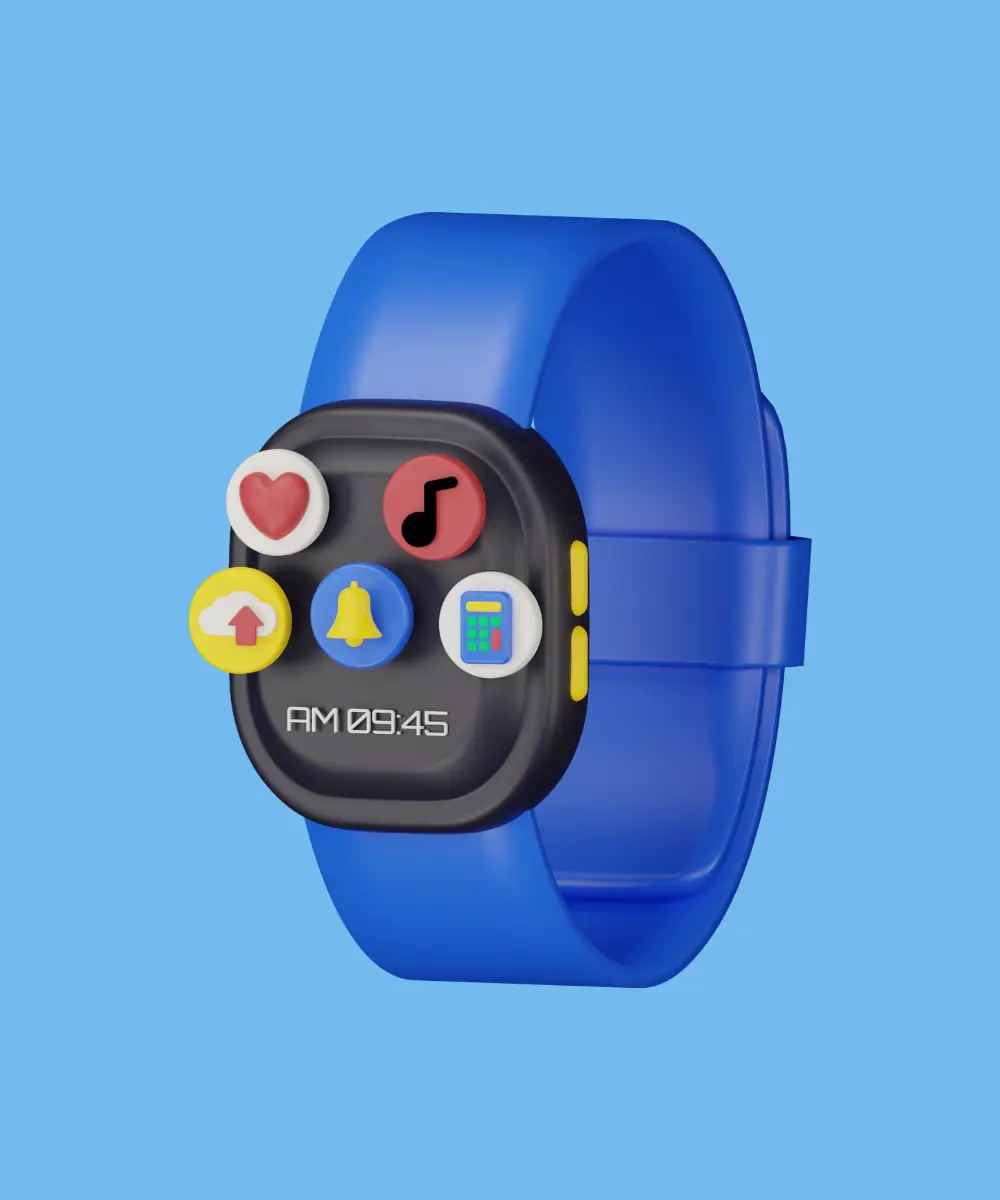Introduction
Moving into 2024, the world of wearable technology is full of opportunities for investors and businesses alike. The increasing demand for smartwatches, fitness trackers, and other wearable devices opens up a promising market for innovative apps that enhance user experience through personalization and convenience. For those looking to dive into the wearable app market, this sector offers a chance to pioneer new digital solutions and to secure a place in a rapidly growing industry.
With over five years of experience, What the Flutter excels in creating cross-platform and wearable applications using Flutter. Our expertise is the foundation of this guide. It offers a clear overview of wearable app development, including the latest trends, different types of apps, and how they are developed.
Wearable Apps Landscape Overview
As we venture deeper into 2024, several key trends have emerged, shaping the future of wearable app development.
- Health and wellness integration: Health and wellness have always been at the core of wearable technology. In 2024, this trend has intensified, with devices becoming more sophisticated in tracking physical and mental health metrics. Wearable apps are now expected to offer comprehensive health monitoring features, from heart rate and sleep patterns to stress levels and mindfulness. Integration with AI and machine learning algorithms enables these apps to provide personalized health insights and recommendations, enhancing user engagement and well-being.
- Enhanced connectivity and integration: As the Internet of Things (IoT) continues to expand, wearable devices are becoming more interconnected. This year, wearable apps are integral parts of a broader ecosystem. They seamlessly connect with other smart devices, enhancing user convenience and creating a unified digital experience. This demands developers to prioritize compatibility and integration, ensuring that wearable apps can communicate effectively with a wide range of devices and services.
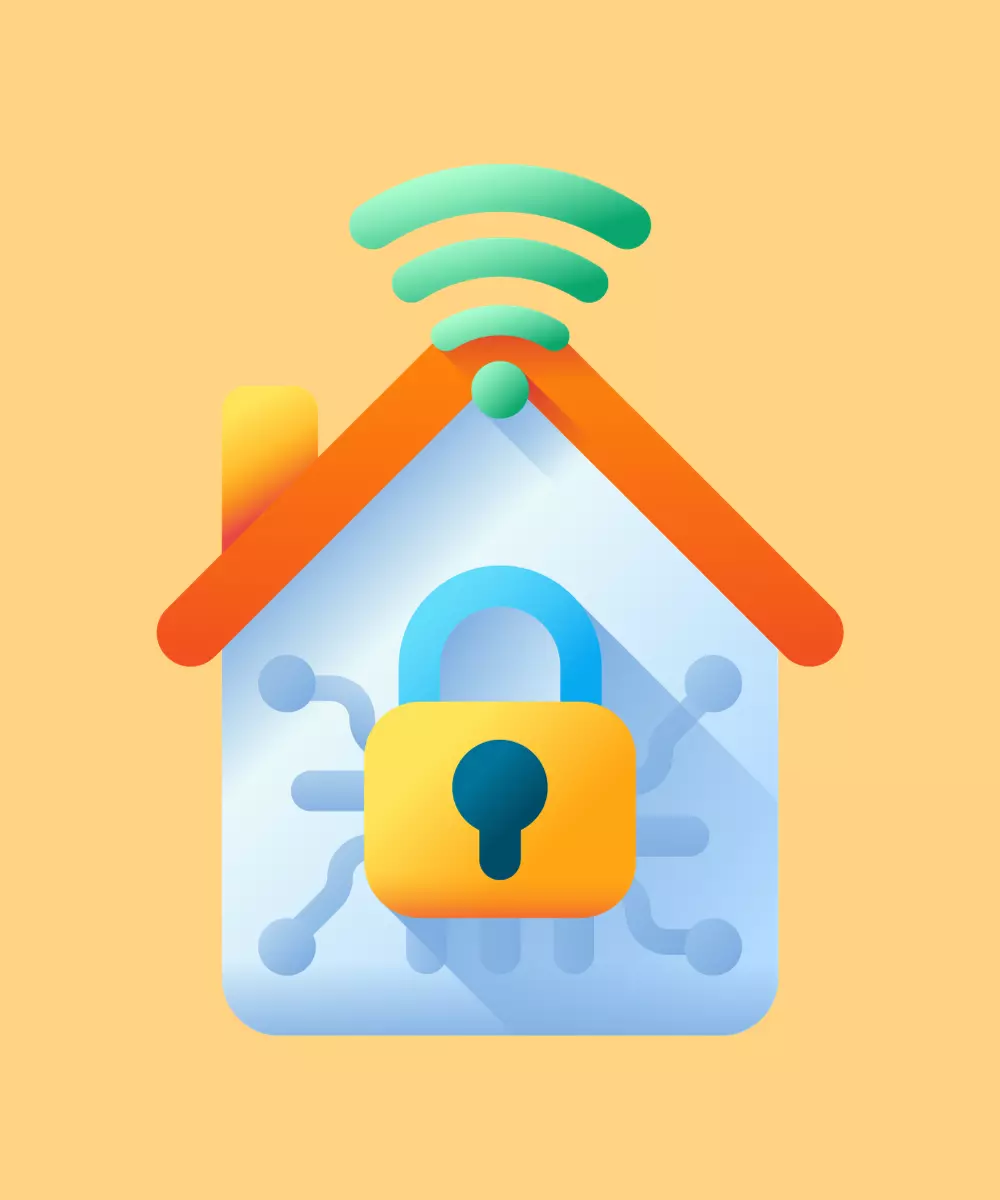
- Augmented reality (AR) and virtual reality (VR): AR and VR technologies are transforming the wearable app landscape, offering immersive experiences that extend beyond traditional screens. These technologies are increasingly integrated into wearable devices, from AR glasses providing real-time information overlays to VR headsets designed for fitness and entertainment.
- Focus on privacy and security: With the growing sophistication of wearable devices, concerns about data privacy and security have come to the forefront. Users are aware of the sensitivity of the information collected by their wearables. In response, there's a clear trend towards enhancing data protection measures within wearable apps. Encryption, secure data storage, and transparent privacy policies are becoming standard practices, as trust becomes a critical factor in user adoption.
- Customization and personalization: Customization and personalization are key trends driving user engagement in wearable apps. Users now expect apps that not only track and analyze their data but also offer personalized insights, recommendations, and experiences. This demands a shift in app development towards more adaptive, user-centered designs that can cater to individual preferences and needs, ensuring a more engaging and valuable user experience.
- Sustainability and eco-consciousness: Sustainability has emerged as a significant concern among consumers, influencing the development of wearable technology. Developers are now focusing on creating eco-friendly apps and devices, from energy-efficient designs to features that promote environmental awareness and sustainable living. It reflects a broader shift towards responsibility and sustainability in the tech industry, resonating with the values of a growing segment of the consumer base.
These trends show that being innovative, focusing on the user, and being competitive are key in the wearable app market.
Types of Wearable App
Wearable apps are diverse, catering to a wide range of user needs and preferences, that led to the development of various types, each designed for different wearable devices.
Fitness and health tracking apps
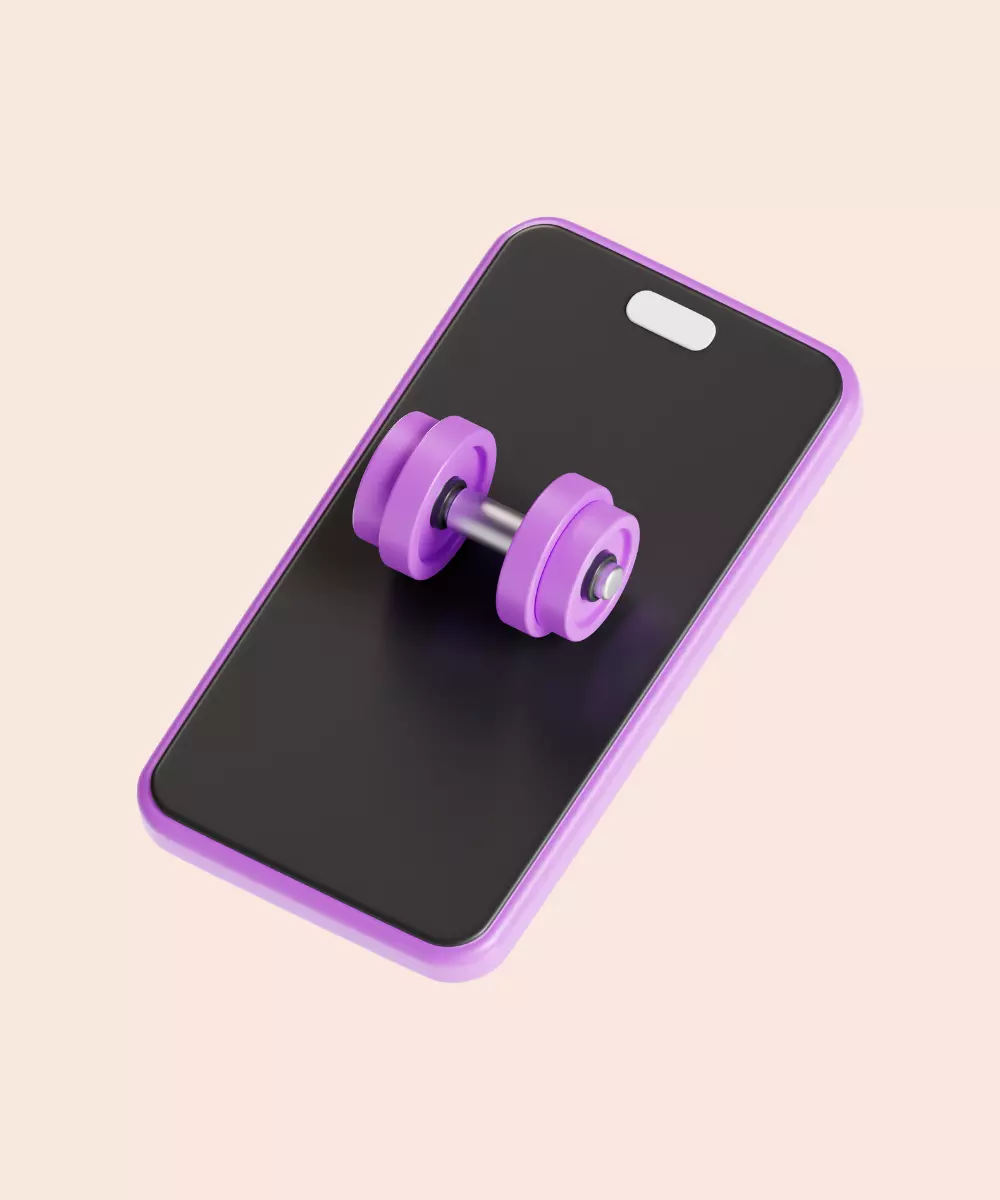
Fitness and health tracking apps are among the most popular types of wearable applications. These apps track various health metrics, including steps taken, calories burned, heart rate, sleep quality, and more. They often include features for setting and tracking fitness goals, personalized workout recommendations, and health insights derived from the user's activity data.
Examples:
- Fitbit: Offers comprehensive activity tracking, including steps, distance, calories burned, and sleep patterns. Fitbit also provides personalized fitness coaching and health insights.
- MyFitnessPal: Integrates with various wearable devices to track dietary intake and exercise, helping users manage their weight and achieve their fitness goals through calorie counting and nutrition management.
Smartwatch applications
Smartwatch applications include a broad range of functionalities, extending beyond fitness tracking to include notifications, calendar management, messaging, and even mobile payments. These apps are designed to offer convenience by providing quick access to information and features without the need to pull out a smartphone.
Examples:
- Apple watch apps: The Apple Watch ecosystem includes apps like "Messages" for texting, "Wallet" for mobile payments, and "Workout" for fitness tracking, demonstrating the versatility of smartwatch apps.
- Wear OS by google apps: Offers a range of apps for Android smartwatches, including "Google Maps" for navigation, "Google Fit" for health tracking, and "Spotify" for music streaming.
Wearable payment apps

Wearable payment apps are transforming the way we conduct transactions, allowing for quick and secure payments through wearable devices like smartwatches and fitness bands. These apps store payment information and enable users to make contactless payments with a simple tap of their wearable device.
Examples:
- Apple Pay: Allows users to make secure payments using their Apple Watch, streamlining transactions with a tap of the wrist.
- Samsung Pay: Compatible with Samsung wearables, this app facilitates easy and secure contactless payments, expanding the convenience of mobile wallets to wearable devices.
Augmented reality (AR) apps

Augmented reality apps for wearable devices, such as AR glasses, provide users with immersive experiences by overlaying digital information onto the real world. These apps can be used for navigation, providing real-time directions and location-based information, educational purposes, virtual tours, and interactive gaming.
Examples:
- Pokemon GO for AR Glasses: An adaptation of the popular mobile game for AR glasses, allowing players to catch Pokemon in the real world, enhanced with augmented reality.
- AR navigation apps: Like "Google Maps AR" for wearable AR devices, providing real-time navigation cues and directions overlaid on the user’s field of vision, enhancing the way we explore and interact with our surroundings.
Healthcare and medical apps
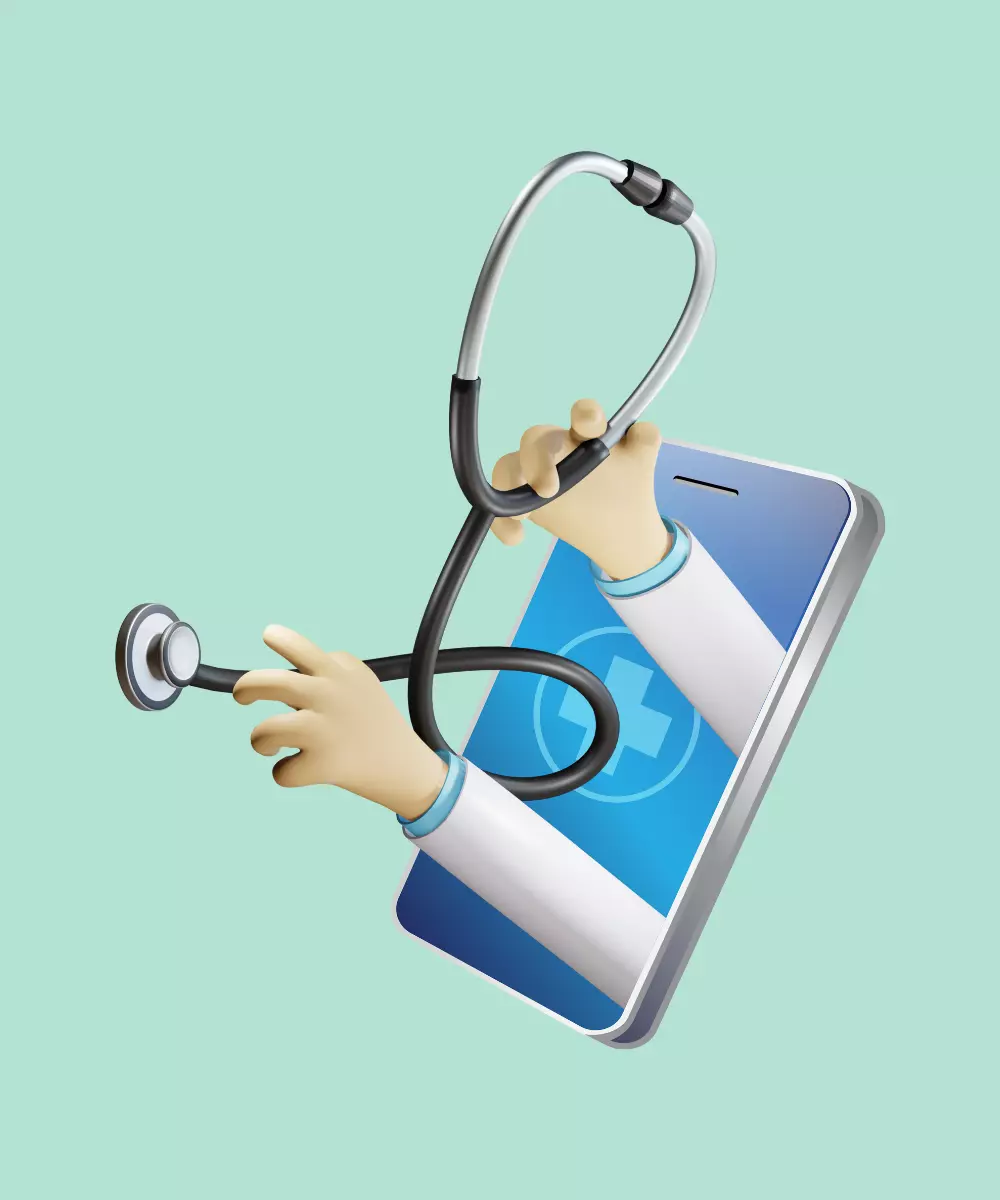
Healthcare and medical apps for wearable devices are making significant strides in remote patient monitoring and personalized healthcare. These apps can monitor vital signs, track medication adherence, and even alert healthcare providers in case of anomalies. They play a crucial role in chronic disease management, elderly care, and post-operative monitoring, offering a new level of support and connectivity between patients and healthcare providers.
Examples:
- AliveCor's Kardia: Works with a compatible wearable device to provide ECG monitoring, detecting irregular heart rhythms and providing critical data for heart health management.
- Dexcom G6: A wearable glucose monitoring app that allows diabetics to keep track of their glucose levels in real time, directly from their wearable device, improving disease management and lifestyle flexibility.
Productivity and enterprise apps
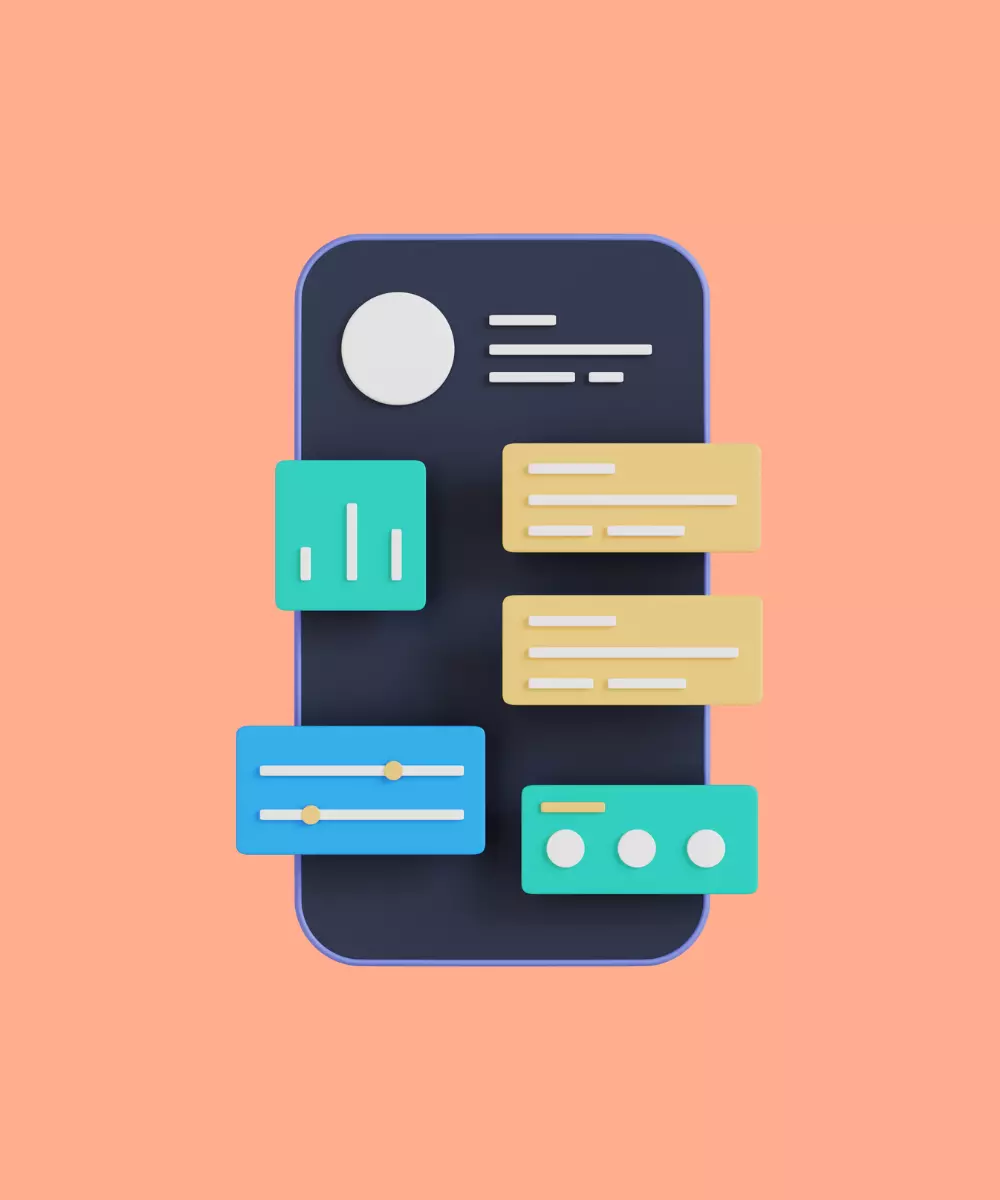
Productivity and enterprise apps for wearables are designed to enhance workplace efficiency and connectivity. These apps offer features such as email notifications, meeting reminders, task management, and quick access to business-related information.
Examples:
- Microsoft Outlook for wearables: Keeps professionals connected with email and calendar notifications, allowing users to stay on top of their work directly from their wrist.
- Asana: Offers task and project management functionalities for wearable devices, enabling users to track their work progress and receive notifications about tasks and deadlines.
Lifestyle and entertainment apps
Lifestyle and entertainment apps for wearables enrich users' leisure time with features like music streaming, audiobook playback, and social media notifications. They are designed to integrate entertainment seamlessly into the user's daily routine, offering a more connected and enjoyable experience.
Examples:
- Spotify on wearables: Allows users to stream music directly from their wearable device, providing a convenient way to enjoy music on the go without needing a smartphone.
- Instagram: Adapted for smartwatches, lets users browse their feed, like photos, and receive notifications, keeping them connected to their social network.
These types show diverse needs and preferences of users. Developers can create innovative apps that enhance the functionality of wearable devices, making them an indispensable part of users' lives.
How To Create a Wearable App in 5 Steps
Developing a wearable app involves a series of strategic steps, from initial conception to final launch.
1. Idea validation and market research
- Define your concept: Begin with a clear understanding of what your app aims to achieve. Identify the core functionality that sets your wearable app apart from existing solutions.
- Conduct market research: Analyze the wearable app market for similar products. Understand your potential users' needs, preferences, and pain points. Tools like surveys, focus groups, and competitor analysis can provide valuable insights.
- Validate your idea: Ensure there's a demand for your app. Look for feedback from your target audience and industry experts to refine your concept and validate its market fit.
2. Designing for wearables

- UI and UX design: Designing for wearables is distinct from traditional mobile apps due to smaller screen sizes and different user interaction models. Focus on minimalism and simplicity. Ensure that the UI is intuitive and the UX is seamless, with easy navigation and readable content.
- Prototyping: Create a prototype of your app to visualize the user journey and interaction flow. Tools like Sketch or Adobe XD can be used for high-fidelity prototyping. This step is crucial for gathering early feedback and making necessary adjustments before the development phase.
3. Development
- Choose the right platform and tools: Decide whether your app will be native to a specific operating system (like watchOS for Apple Watch or Wear OS for Android devices) or if you'll use a cross-platform development framework like Flutter. This decision will impact your app’s accessibility and performance.
- Develop the app: Begin coding your app with a focus on efficiency, considering the limited processing power and battery life of wearable devices. Implement the core features identified in your planning stage, and ensure your app integrates well with the wearable device's hardware.
- Testing: Conduct thorough testing, including usability, compatibility, interface, and performance testing, to ensure your app functions well across different devices and operating systems. Consider using real users for beta testing to gather feedback on user experience and app functionality.
4. Launch and marketing
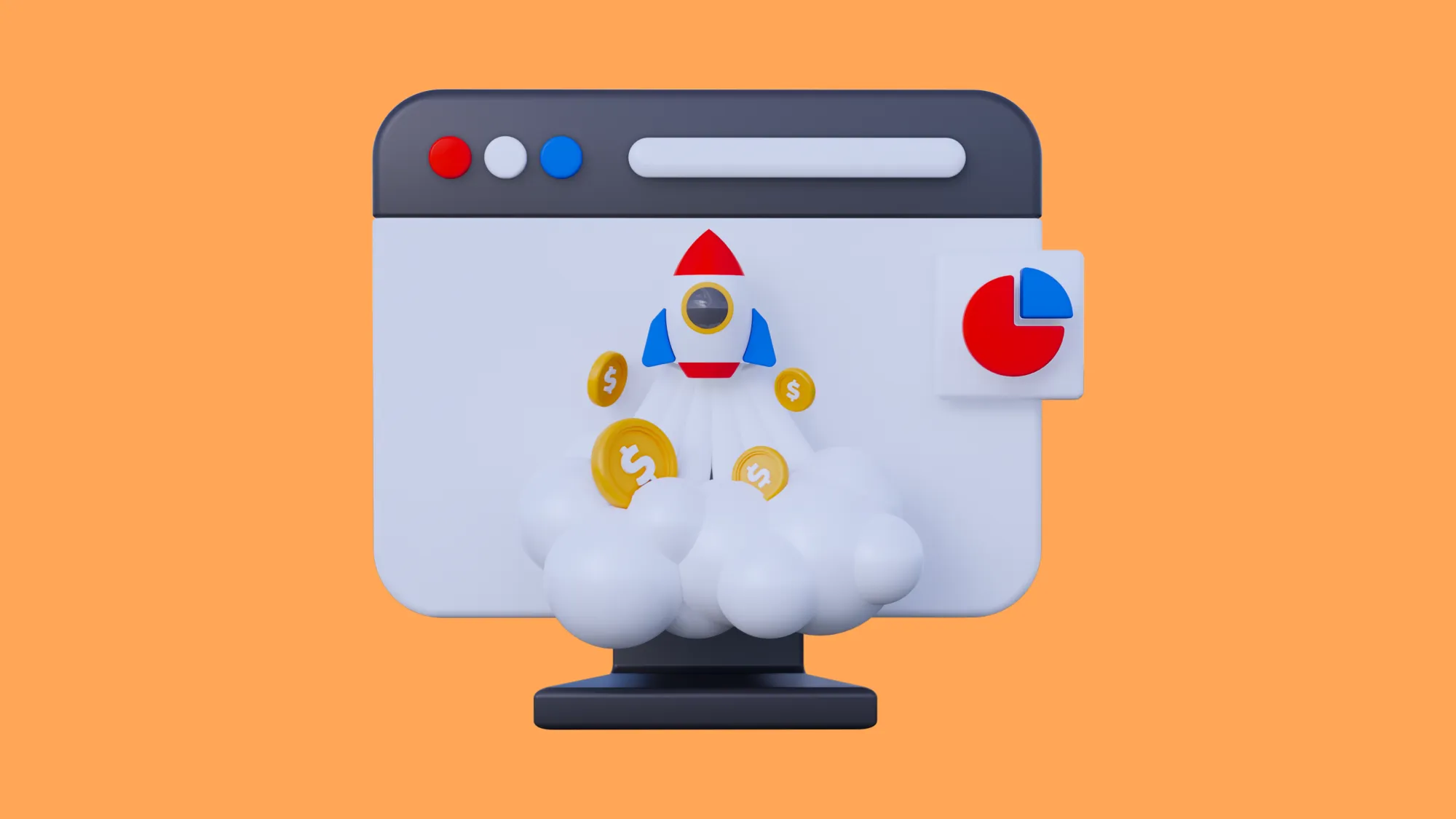
- Prepare for launch: Finalize your app by making necessary adjustments based on beta testing feedback. Ensure compliance with the app store guidelines of your chosen platform.
- Marketing strategy: Develop a marketing strategy to promote your app. This could include social media marketing, content marketing, influencer partnerships, and more. Highlight the unique selling points of your app to attract your target audience.
5. Post-launch support and updates
- Gather user feedback: After launch, monitor user reviews and feedback closely. This information is invaluable for identifying areas for improvement.
- Regular updates: Plan for regular updates to your app, adding new features and addressing any bugs or issues. Keeping your app updated is crucial for maintaining user interest and satisfaction.
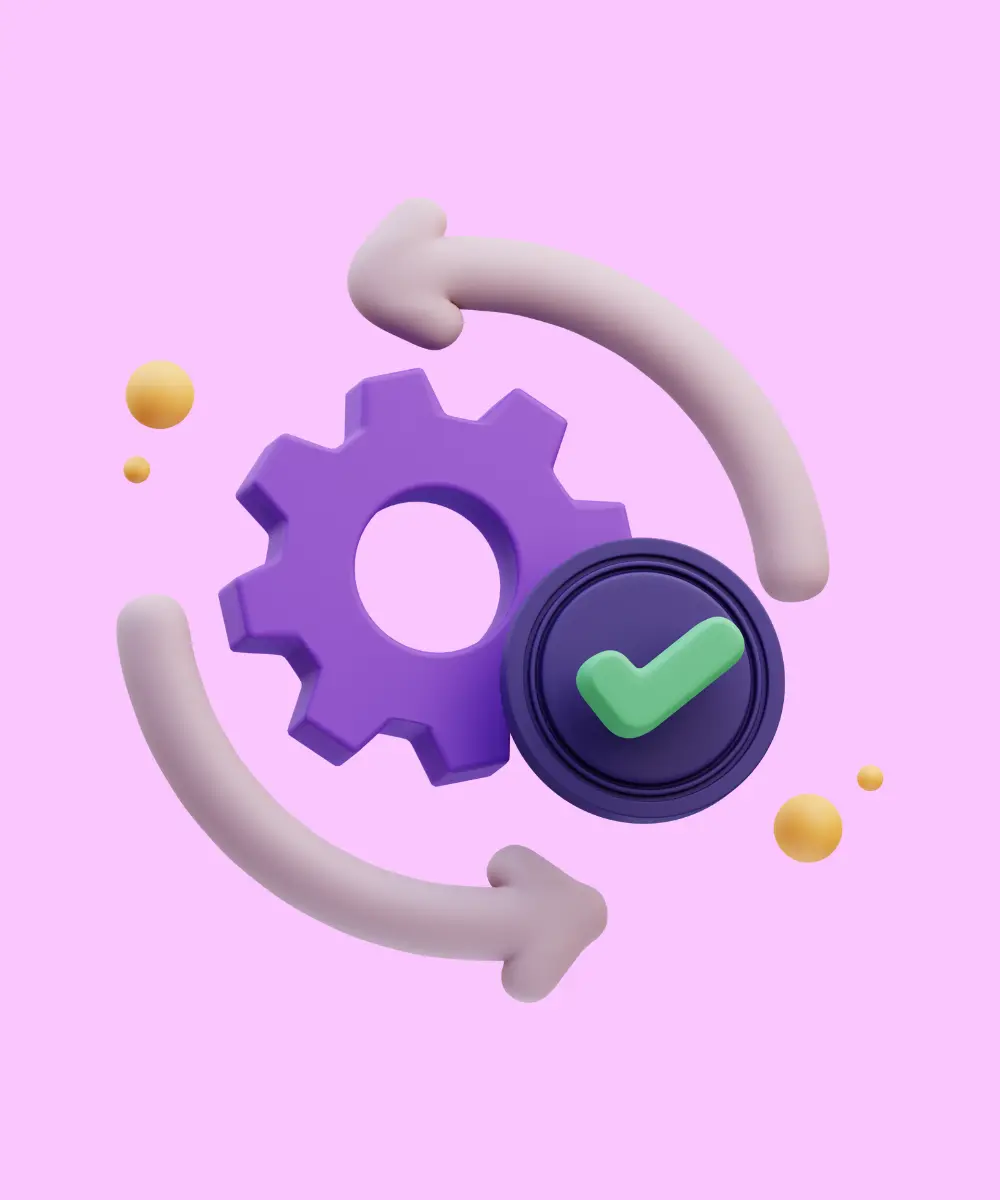
These essential steps will increase developers' chances of launching a successful wearable app that meets the needs of their target audience and stands out in the competitive wearable tech market.
How Much Does It Cost to Create Wearable App?

The cost of developing a wearable app can vary widely based on its complexity, the features it includes, the development platform chosen, and the geographical location of the development team. Here we provide a rough framework, considering budget, timeline, and the scope of features for each category.
Basic wearable apps
- Budget: $5,000 - $15,000
- Timeline: 1-2 months
- Key features:
- Simple fitness tracking (e.g., step counting)
- Basic notifications (calls, messages)
- Minimal user interface and interaction
- Utilization of existing device sensors
These apps are characterized by straightforward functionalities that do not require complex algorithm development or extensive backend services. Ideal for entry-level projects with limited requirements, basic wearable apps focus on delivering core value through simple yet effective features.
Medium wearable apps
- Budget: $15,000 - $25,000
- Timeline: 3-5 months
- Key features:
- Detailed health tracking (sleep analysis, oxygen levels)
- Social sharing capabilities
- Custom notifications and third-party API integration (weather, IoT devices)
- Enhanced UI/UX with personalization options
- Basic gesture recognition for navigation
Medium complexity apps introduce more sophisticated functionalities and integration capabilities, necessitating a more intricate design and development approach. These apps aim to offer users a richer experience through advanced tracking, personalization, and seamless integration with external services.
High-end wearable apps
- Budget: $25,000 - $50,000 or more
- Timeline: 5-7 months
- Key features:
- Advanced AI and machine learning for personalized insights
- AR/VR integration for immersive user experiences
- Comprehensive health and fitness monitoring with predictive analytics
- Cross-device synchronization and extensive hardware integration
- High customization in UI/UX design for optimal performance across platforms
High-end wearable apps are at the forefront of technological innovation, incorporating complex technologies such as AI, AR/VR, and extensive data analytics. These apps demand a significant investment in research and development to pioneer new functionalities, ensure top-tier data security, and provide a highly personalized and engaging user experience.
Factors affecting development cost
- Platform choice: Developing native apps for specific platforms (e.g., watchOS, Wear OS) can be more costly than using cross-platform tools like Flutter, but it may offer a better user experience and performance.
- Design complexity: The more customized and complex the UI/UX design, the higher the cost.
- Development team: The geographical location and expertise level of the development team can significantly impact costs. Teams located in North America and Western Europe typically charge more than those in Eastern Europe or Asia.
- Maintenance and updates: Ongoing maintenance, bug fixes, and feature updates are additional costs that need to be considered beyond the initial development.
The relationship between app complexity, features, and development costs is crucial for planning and budgeting your wearable app project.
Conclusion
Diving into wearable app development reveals a world where innovation meets opportunity. Understanding the essentials — from market trends and app categories to key features, development strategies, and monetization models — is crucial for anyone looking to make a mark in this evolving field. The demand for wearable apps that enhance lives, promote health, and streamline tasks is on the rise, presenting a golden opportunity for innovators and developers alike.
What the Flutter isn't just offering guidance; as a leading mobile app development company with extensive expertise in various apps development, we're experts in the field. With us as your partner, you have access to unparalleled expertise in Flutter app development and wearable technology. Reach out today, and let's start shaping the future of wearable apps together.


